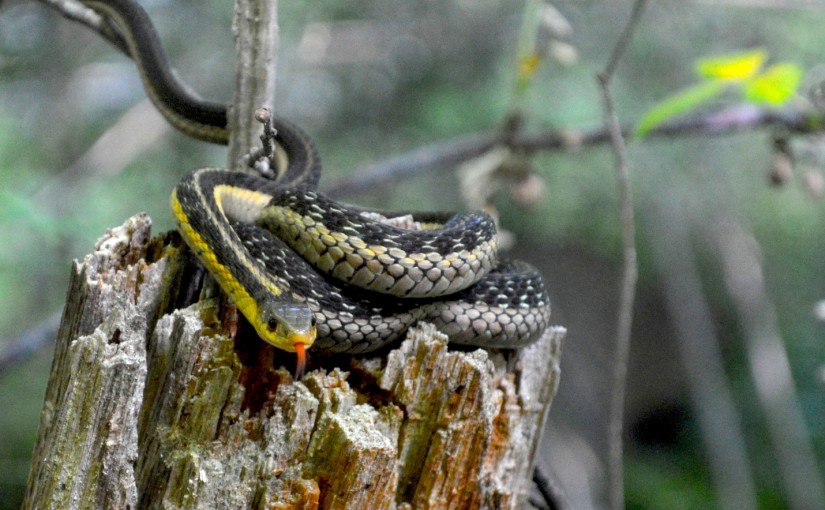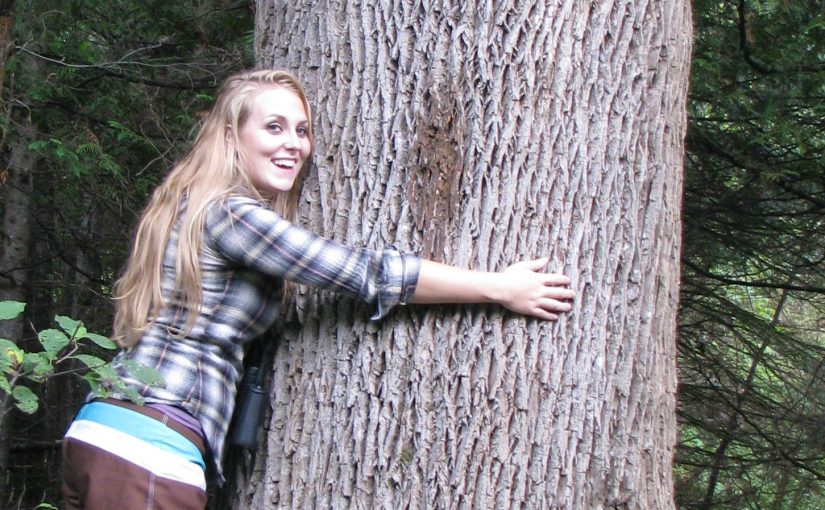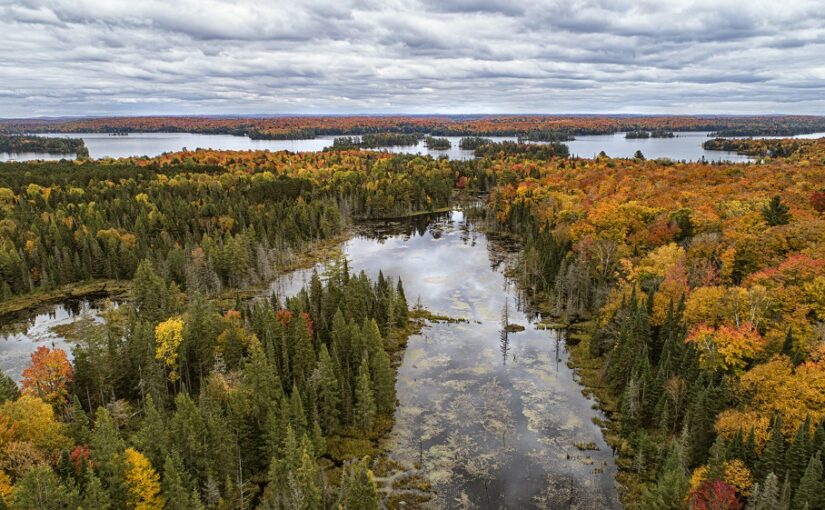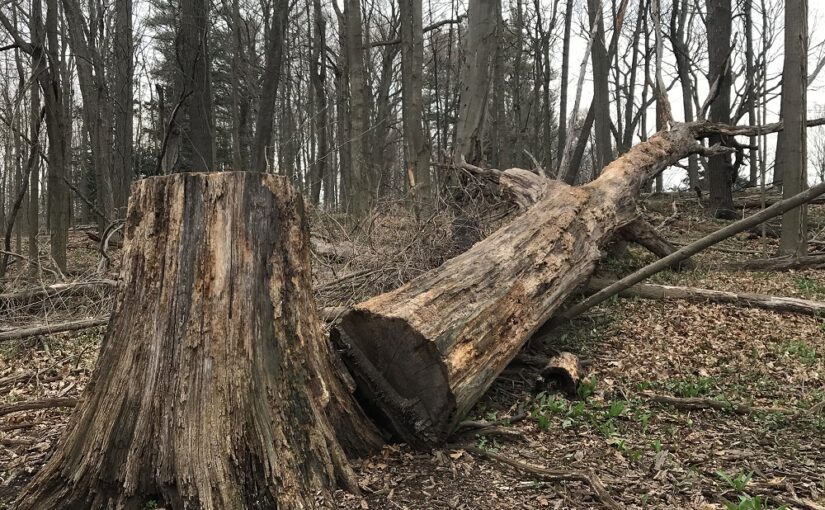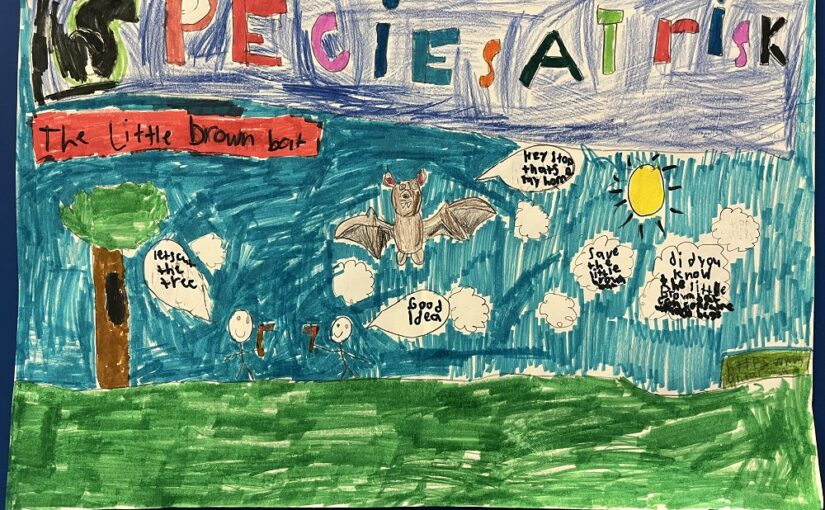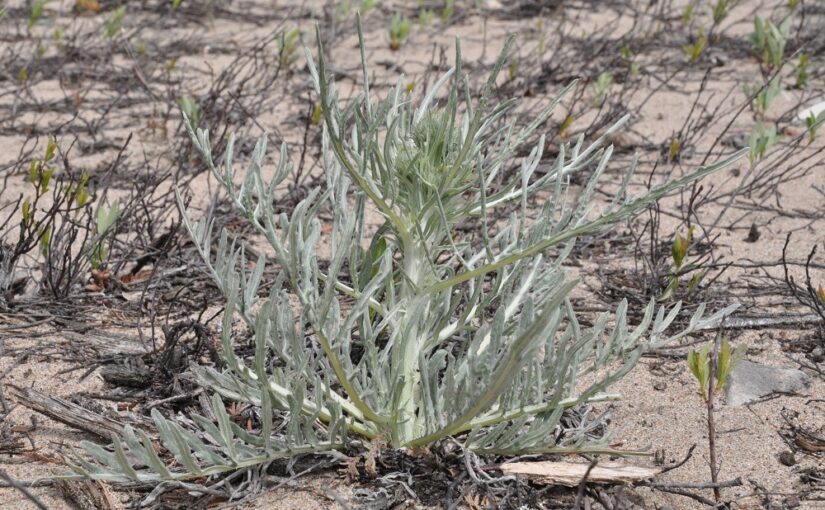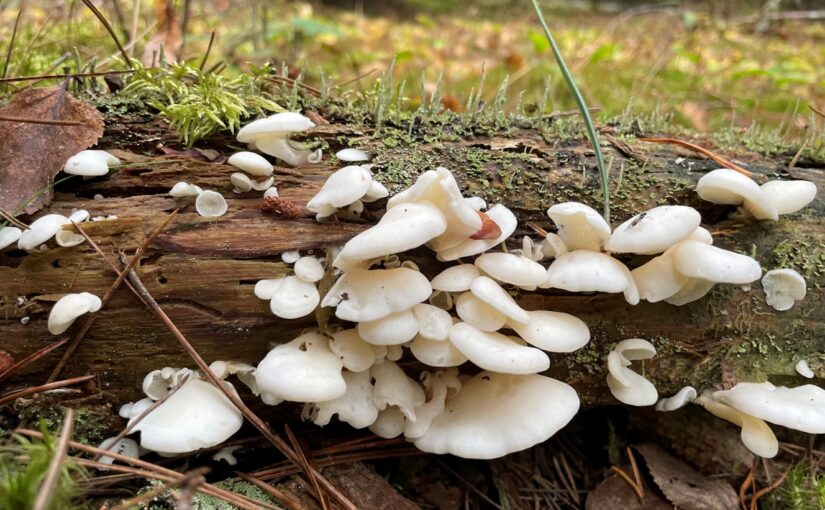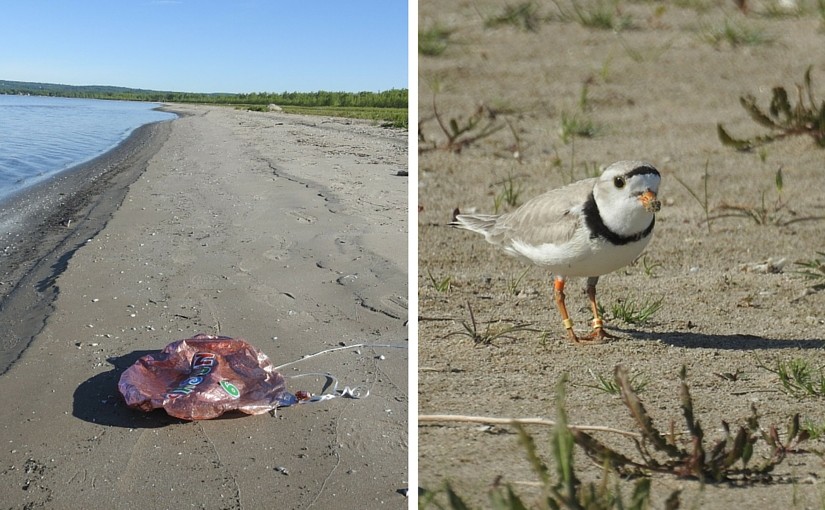Today’s post was written by seasonal student Heather Van Den Diepstraten from Rondeau Provincial Park.
It’s not just students and birds on the move this fall.
As the cold weather approaches, reptiles are trekking across Rondeau Provincial Park in search of hibernacula (places in which wildlife overwinter). Researchers for Wildlife Preservation Canada are busy tracking the movements of snakes, turtles, and skinks within the park as they find suitable habitat for their hibernation.
Continue reading Slithering into fall: hibernation for Ontario’s reptiles
